
Preeth Pandalay
An executive turned transformation consultant with 25+ years of learning, Preeth trains and coaches... Read more
![]() Get Your AI-Enabled Scrum Master Certification for Just ₹1,500 (Save 85%)!
Get Your AI-Enabled Scrum Master Certification for Just ₹1,500 (Save 85%)!
Scrum.Org
SAFe®
ICAgile
Scrum Alliance
Technical Agility
Kanban
Business Analysis
Project Management
AI-Enabled
Agilemania Academy
Scrum.Org
SAFe®
ICAgile
Scrum Alliance
Technical Agility
Kanban
Business Analysis
Project Management
AI-Enabled

Preeth Pandalay
An executive turned transformation consultant with 25+ years of learning, Preeth trains and coaches... Read more
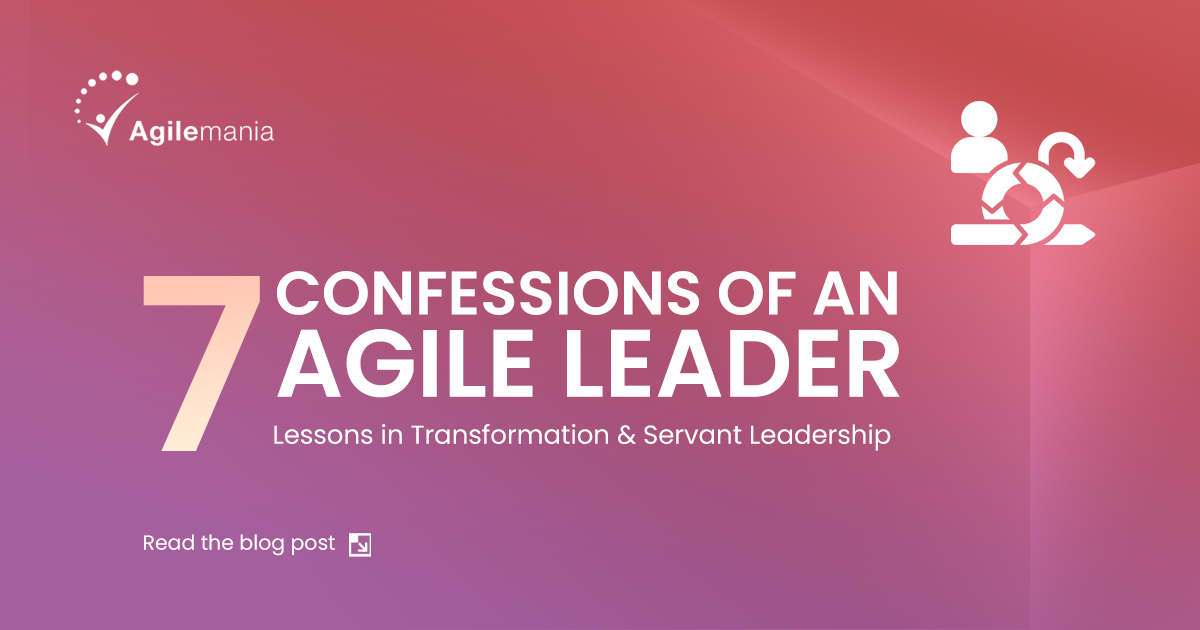
There are a few chapters in the career of an Agile leader that he isn’t ready to read out loud. In my estimation, that does no good to the teams he keeps leading henceforth. The problems grow bigger and his teams suffer endlessly. And this is what it eventually leads to-
MISGUIDED HALF-AGILE TEAMS
I surely cannot afford that. So here’s my story today. A few years ago, there came a day when the organization I was employed with decided to embrace Agile in order to cater to the customers’ requirements of- 1) Early delivery 2) Improved quality. As an organization, we had embraced customer satisfaction as our goal and our highest-paying customers always had a say in what was getting built into the product.
However, they were losing out on their competitive edge because of the 12-15 months release cycle. Agile emerged as the solution for this predicament. It made sense for the new product development teams to pilot the Agile transformation and so it was my team that would kick-start the transformation with me in charge. I did come with experience in software development in a near-XP kind of an environment before.
Armed with prior experience, a situation that mandated Agile, senior management backing and with teams that were eager to try out a new way of software development looked like the perfect condition for transformation and thus started our journey. Read on to learn about my arduous journey. Happy days! The initial days were spent in coming up with a detailed plan, dates, and milestones for the transformation journey.
Gain recognition as an expert in Agile methodologies, expand your career prospects, and access a global community of Agile practitioners.
ENROLL TODAY
The manager in me was pretty convinced that with a detailed plan and with the team’s buy-in, anything could be achieved. There was no way I could be possibly wrong for I have done this multiple time before. A vetted transformation plan, approved by the senior management and bought in by the team came into being - My very first mistake, my utter disregard of transformation as organic.
It was not just the teams but the entire system that rebelled and revolted. Transformation requires people, teams, functional silos, business units, management, and support teams to move out of their comfort zone. Agile transformation cannot be mistaken for process transition – you cannot waterfall your way into Agile.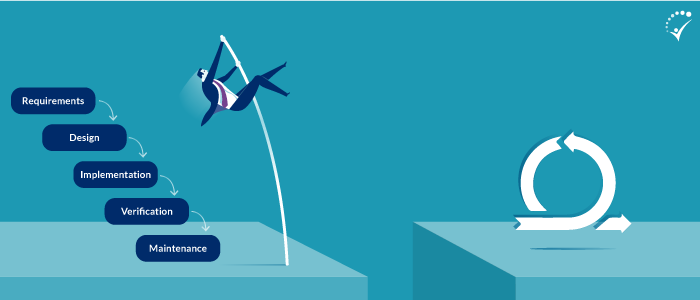
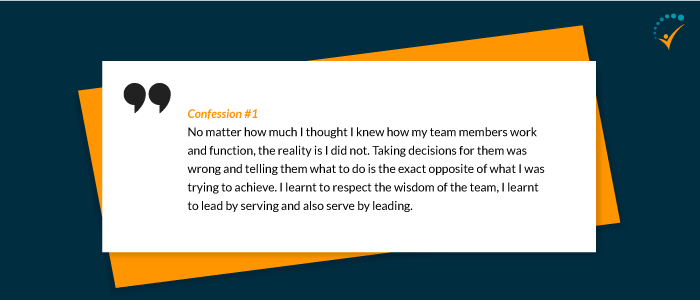
In Agile, servant leadership is the answer and the way forward! Scrum was the chosen framework and somewhere during the planning and designing phase of transformation, framework compliance became the goal. I had completely lost track of the motivation behind the transformation, I had created metrics that measured framework compliance rather than the ability to change.
So, we did reach a stage where we could tick all the checkboxes from the framework standpoint but I had a team that was bogged down by the process, leading a life that was more stressful than before and importantly unable to deliver anything meaningful and regressing on quality.
One peculiar experience that I had was the teams coming up to me frequently and telling me about the various dysfunctions in the system that is slowing or stopping them from making progress. They then were expecting me to handle it. The agile frameworks have this inherent capability of surfacing the systemic impediments and expecting us to figure out the right solution.
I did what I thought was the best I could do at that time – blame the organizational culture and tailor the framework around the dysfunction. I literally pushed the very problems we were trying to solve under the carpet and got the teams working around them.


I believed that the teams were all set for self-organization. They were trained on Scrum framework and they were empowered but somehow, they never took accountability or ownership of the delivery as they were meant to. This was a tough nut to crack, till I got guidance to look at the process and not the outcome.It is then that I realized we had a structure that was set up to maximize efficiency and the measure of success was individual and department performance. The metric had to change to overall value delivery and give the teams a reason to self-organize.
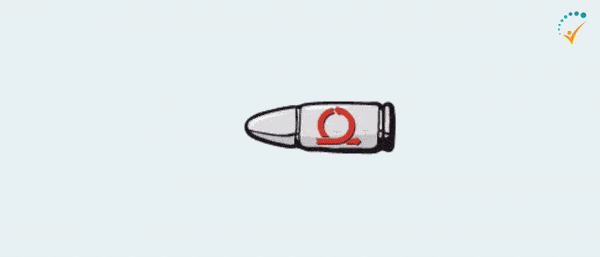

The bigger aspect of distributed teams had started raising its head especially when teams were away by more than 10 hours of time zone difference. How do you do Scrum when team members sit on either side of the planet especially if you are part of the cost center? How do you not stress the teams out? Especially when time-travelling isn’t one of the defined roles of an Agile leader!
And this was the trap I was in-

Working with remotely-located Agile teams across the globe is no easy street!
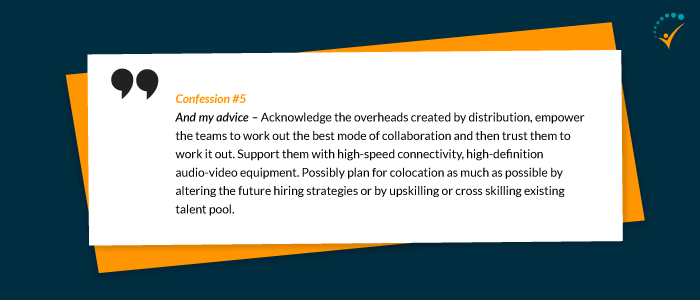
I was advised by the consultants onboard about the importance of communication when the teams are going through change. They even encouraged over communicating during the flux stages and that is exactly what I was doing. I was communicating but the teams were still disengaged and we weren’t really getting any better. I faced this problem till one disgruntled team member walked into my office and called me a hypocrite. He said I need to be a transceiver and not just a transmitter if I want to succeed with transformation. That’s when it dawned on me that communication has to be two-way street.

Considering myself above and beyond transformation was another mistake that I committed. The entire transformation journey emphasized only on the team. The teams didn’t find any congruence in what was being asked of them and what was being displayed by the management teams. This created a huge disconnect with the teams and gave teeth to the folks who never bought into the transformation idea itself.

Confessions are such a relief! Since I had my Agile confession box wide open today, my hope is in future, I won’t be having a confused Agile team that looks at scrum somewhat like below-
Do you also have confession(s) as an Agile leader? Bring it out of your secret closet today!
Unlike traditional process change, Agile transformation focuses on mindset and culture shifts, fostering flexibility, continuous improvement, and team empowerment.
Common challenges include resistance to change, maintaining cross-functional collaboration, shifting from command-control to servant leadership, and aligning organizational culture with Agile values.
Successful Agile transformation signs include increased team collaboration, faster delivery cycles, improved customer satisfaction, and a culture of continuous improvement.
A common misconception is that Agile is just about faster delivery; in reality, it's about fostering an adaptable, resilient organization that values teamwork and innovation.
An executive turned transformation consultant with 25+ years of learning, Preeth trains and coaches organizations to be agile and more importantly to stay agile. Preeth’s pragmatism finds its root in his diverse experience at various leadership positions.
WhatsApp Us
We will get back to you soon!
For a detailed enquiry, please write to us at connect@agilemania.com

